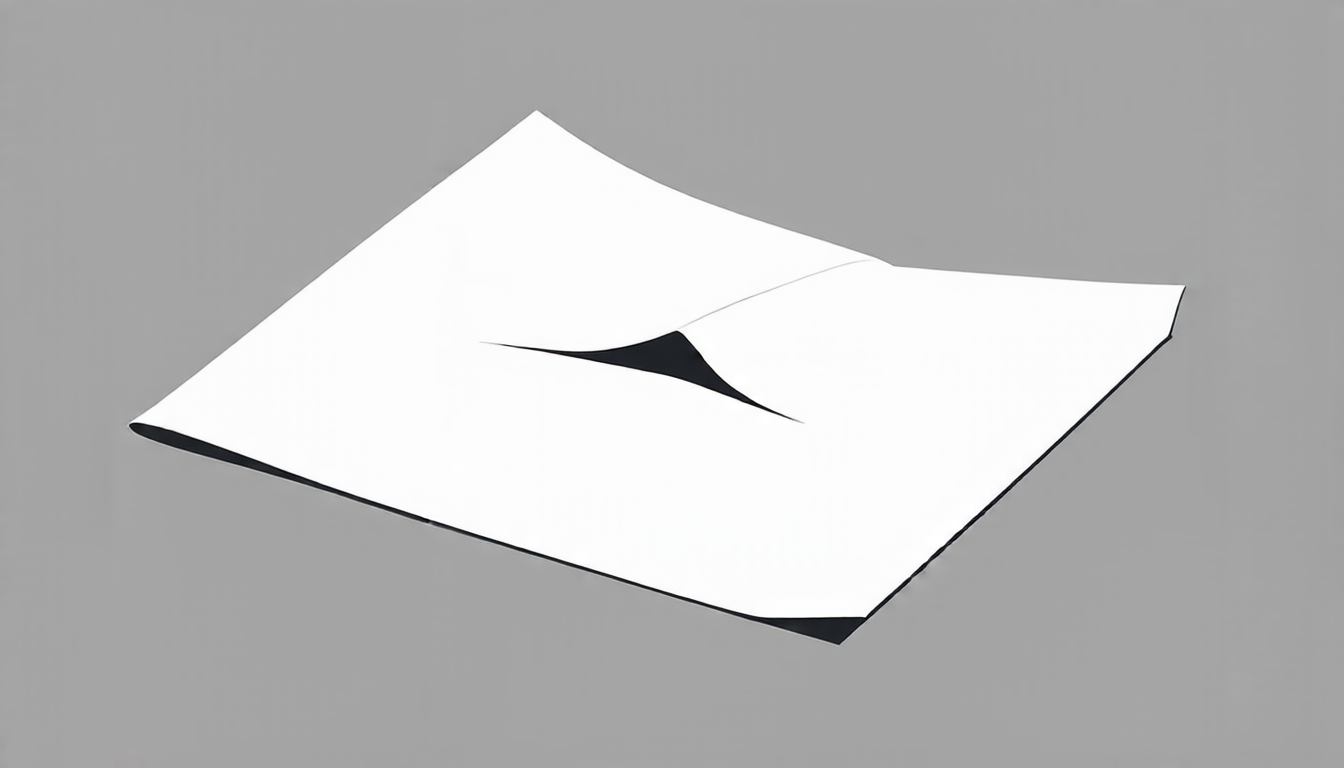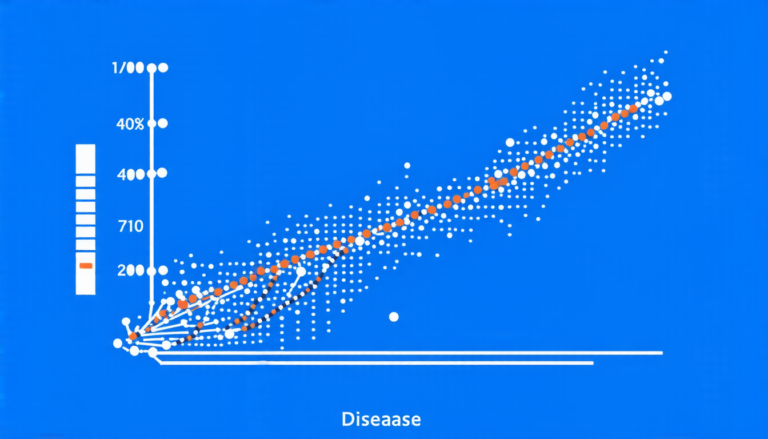Wednesday 26 March 2025
Researchers have made a significant breakthrough in understanding the fundamental properties of complex geometric structures, opening up new avenues for studying the intricate relationships between geometry and algebra.
At its core, this research delves into the study of singularities – points on a surface where the smoothness is disrupted, often resulting in unusual behaviors. Think of it like a wrinkle in a piece of paper: while the surrounding area remains flat, this tiny bump can have far-reaching effects on how the paper behaves.
In particular, scientists have been struggling to grasp the concept of minimal log discrepancy (mld), a measure that determines the severity of these singularities. It’s like trying to pinpoint the precise spot where the wrinkle begins – and understanding its impact on the surrounding geometry.
The breakthrough comes from a novel approach that combines two seemingly disparate fields: algebraic geometry, which studies geometric shapes through abstract algebra, and symplectic geometry, which examines the intricate dance of geometric objects. By marrying these two disciplines, researchers have developed a new framework for analyzing mlds, allowing them to pinpoint the exact location and magnitude of these singularities.
One key finding is that the mld can be bounded from above by the dimension of the variety – essentially, the number of dimensions in which the geometry exists. This might seem counterintuitive at first glance, as one would expect the severity of a singularity to increase with its complexity. However, this upper bound provides a crucial tool for researchers to better understand and predict the behavior of these singularities.
This newfound understanding has significant implications for various areas of mathematics and physics. For instance, it could shed light on the long-standing problem of characterizing projective spaces – geometric structures that underlie many fundamental theories in physics. By better grasping the properties of mlds, scientists may be able to develop more accurate models of complex systems, such as those found in quantum mechanics or string theory.
Furthermore, this research has far-reaching implications for the field of algebraic geometry itself. By developing new tools and techniques for analyzing singularities, researchers can gain a deeper understanding of the intricate relationships between geometric shapes and their underlying algebraic structures. This could lead to breakthroughs in areas such as cryptography, coding theory, or even the study of black holes.
In short, this research marks a significant milestone in our understanding of complex geometric structures, offering a powerful new framework for analyzing singularities and their impact on geometry.
Cite this article: “Unraveling Singularities: A Breakthrough in Geometric Analysis”, The Science Archive, 2025.
Geometry, Algebra, Singularities, Minimal Log Discrepancy, Mld, Symplectic Geometry, Algebraic Geometry, Projective Spaces, Quantum Mechanics, String Theory
Reference: Chi Li, Zhengyi Zhou, “Minimal log discrepancy and orbifold curves” (2025).







